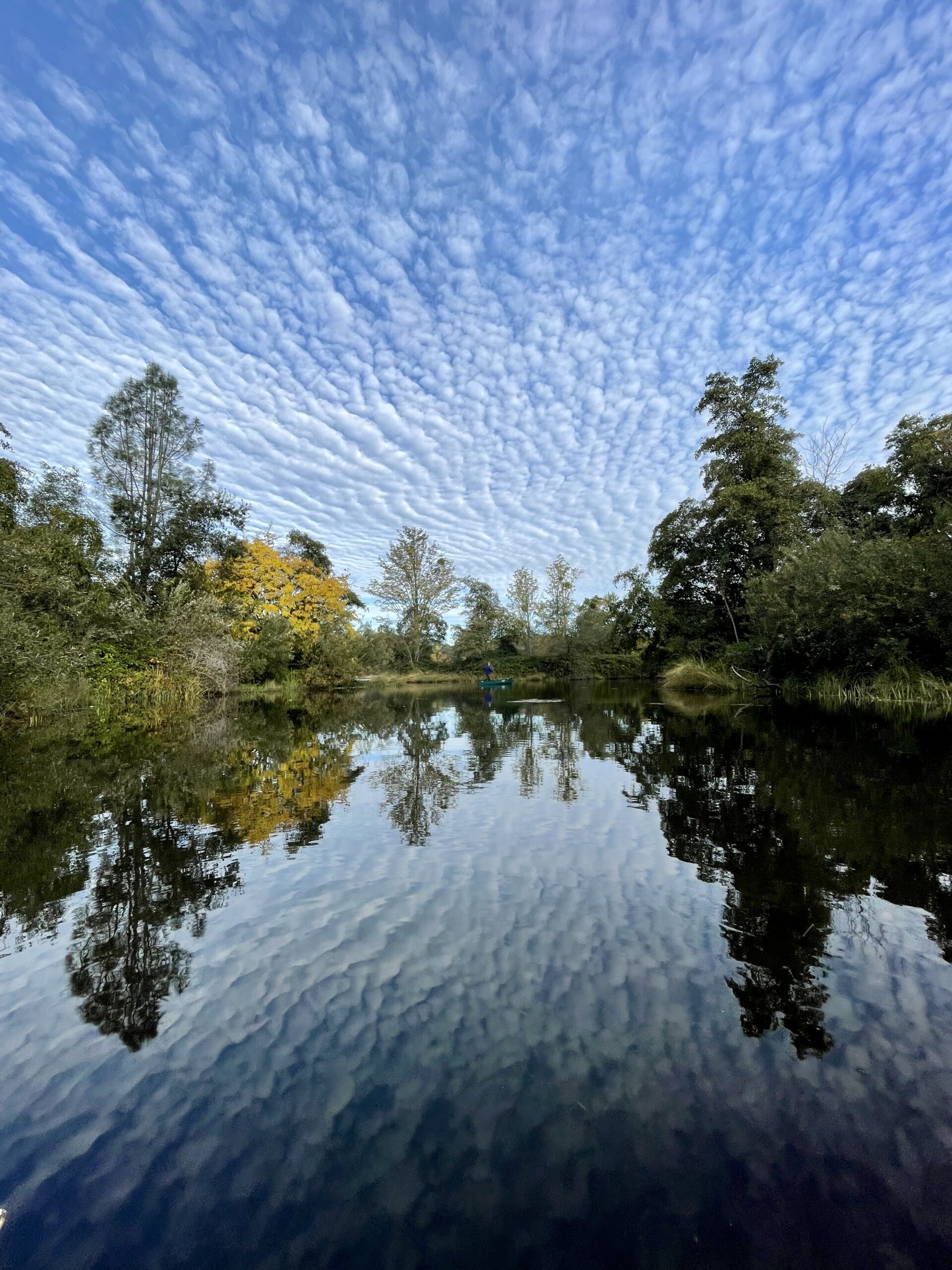Multi Media Artist: Decades of collaborations with architects and designers on site-specific installations: paintings, murals, sculpture, mixed media—cement to fabric to steel. Research-driven approach exploring history and ‘sense of place.’ Major hospitality projects include Disney flagships, Hilton, Hyatt properties across US and Paris. Museum projects include the California State Railroad Museum and the Crocker Art Museum.
Writer: California environment from Shasta to the Mexican border, from the sea to the Sierra. Freelance Op-Ed contributor, Sacramento Bee (2011-19, 2024)—’California Sketches’ series blending art and essay. Co-author: ‘Water: More or Less’—anthology of politics, history, essay, and art. ‘Simple Objects’—a contemporary archeological dig exploring loss and memory. ‘Frankenstein: A Graphic Interpretation’–a collaboration with the Sacramento Public Library.

Photography & Art
